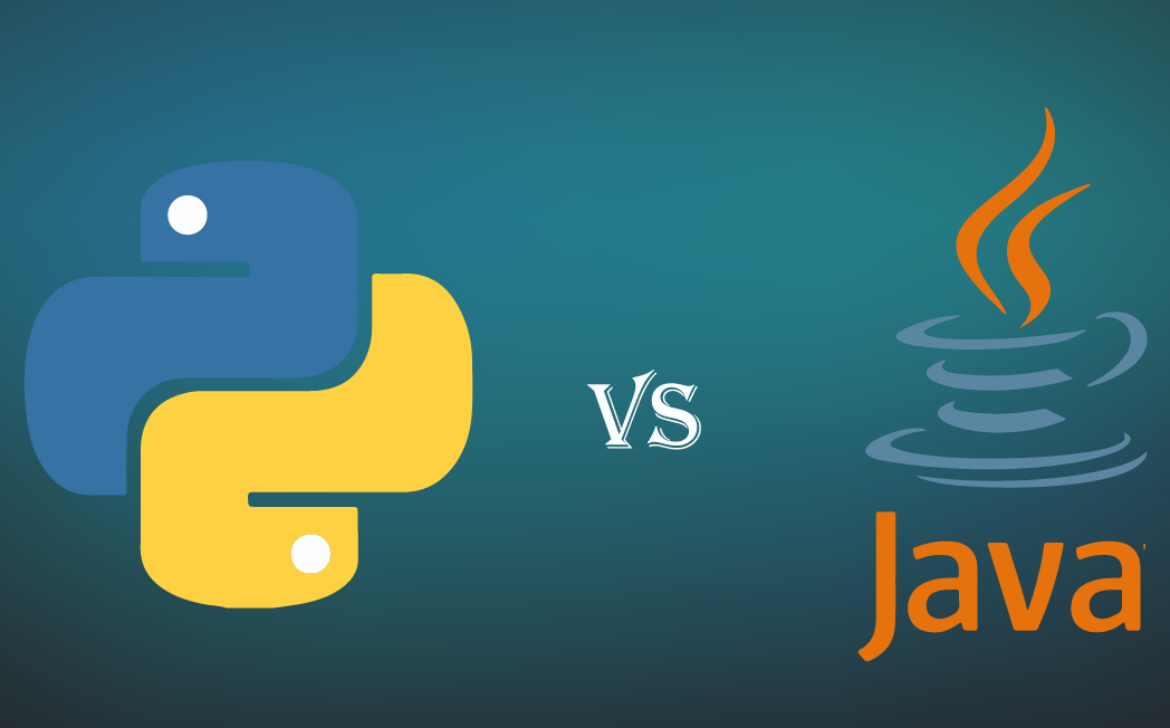Python Vs Java: What’s The Difference?
Python has become more popular than Java. Java is also one of the top trending courses in IT. The trend is likely caused because of Python’s great use for testing, and Java’s better use for production code. There is more testing than production code.
Java is a statically typed and compiled language, and Python is a dynamically typed and interpreted language. This single distinction makes Java quicker at runtime and less difficult to debug, however, Python is less difficult to use and less difficult to read.
Python has won popularity, in giant part, due to its communicatively; humans simply hold close it easier. With it, the libraries for Python are huge, so a new programmer will now not have to begin from scrape. Java is historic and nevertheless significantly used, so it additionally has a lot of libraries and a team of humans for support.
Now, let’s seem into depth, which includes some code examples to illustrate the variations between Python and Java.
Overview of Python
Python used to be first launched in 1991. It is an interpreter, a high-level, typical purpose programming language. It is Object-Oriented. Designed via Guido van Rossum, Python genuinely has a graph philosophy headquartered around code readability. The Python neighborhood will grade every other’s code-based totally on how Pythonic the code is.
Read: Beginner Tips For Learning Python Programming
When to use Python
Python’s libraries allow a programmer to get started out rapidly. Rarely will they want to begin from scratch? If a programmer wants to bounce into desktop learning, there’s a library for that. If they desire to create a fascinating chart, there’s a library for that. If they want to have an improvement bar proven in their CLI, there’s a library for that.
Generally, Python is the Lego of the programming languages; locate a container with orders on how to use it and get to work. There is little that wishes to begin from scratch.
Because of its readability, Python is great for:
- New programmers
- Getting ideas down fast
- Sharing code with others
Java overview
Java is old. Java is a general-purpose programming language that utilizes classes and, like Python, is object-oriented.
Java was once developed by way of James Gosling at Sun Microsystems, launched in 1995 as a phase of Sun Microsystem’s Java Platform. Java modified the internet trip from easy textual content pages to pages with video and animation.
When to use Java
Java is designed to run anywhere. It makes use of its Java Virtual Machine (JVM) to interpret compiled code. The JVM acts as its very own interpreter and error detector.
With its ties to Sun Microsystems, Java used to be the most extensively used server-side language. Though no longer the case, Java reigned for a lengthy whilst and garnered a giant community, so it continues to have a lot of support.
Programming in Java can be effortless due to the fact Java has many libraries constructed on the pinnacle of it, making it convenient to locate code already written for a precise purpose.
WHO USES PYTHON & JAVA?
Python is regularly used with new programmers or junior developers coming into a records science role. The large desktop mastering libraries, TensorFlow and PyTorch, are each written in Python. Python has notable statistics processing libraries with Pandas and Dask and top records visualization skills with programs such as Matplotlib and Seaborn.
Java is used a lot for net development. It is extra frequent amongst senior-level programmers. It lets in for asynchronous programming and has a respectable Natural Language Processing community.
Both languages can be used in API interactions and for computer learning. Java is higher developed for constructing internet applications. Python’s Flask library is nevertheless solely capable to build the fundamentals to a Python-based UI however is excellent for developing a Python back-end with an API endpoint.
Python vs Java in code
Let’s see how Java and Python work differently.
Syntax
Because Python is an interpreted language, its syntax is more concise than Java, making getting started easier and testing programs on the fly quick and easy. You can enter lines right in the terminal, where Java needs to compile the whole program in order to run.
Type python and then 3+2 and the computer responds with 5.
Copy
python
3+2
5
Consider doing this with Java. Java has no command line interpreter (CLI), so, to print 5 like we did above, we have to write a complete program and then compile it. Here is Print5.java:
Copy
public class Print5 {
public static void main(String[] args) {
System.out.println("3+2=" + (Integer.toString(3+2)));
}
}
To compile it, type javac Print5.java and run it with java Print5.
Copy
java Print5
3+2=5
With Java, we had to make a complete program to print 5. That includes a class and a main function, which tells Java where to start.
We can also have a main function with Python, which you usually do when you want to pass it arguments. It looks like this:
Copy
def main():
print('3+2=', 3+2)
if __name__== "__main__":
main()
Classes
Python code runs top to bottom—unless you tell it where to start. But you can also make classes, like possible with Java, like this:
Python Class
Copy
class Number:
def __init__(self, left, right):
self.left = left
self.right = right
number = Number(3, 2)
print("3+2=", number.left + number.right)
The class, Number, has two member variables left and right. The default constructor is __init__. We instantiate the object by calling the constructor number = Number(3, 2). We can then refer to the variables in the class as number.left and number.right. Referring to variables directly like this is frowned upon in Java. Instead, getter and setter functions are used as shown below.
Here is how you would do that same thing In Java. As you can see it is wordy, which is the main complaint people have with Java. Below we explain some of this code.
Java Class with Getter and Setter functions
Copy
class PrintNumber {
int left;
int right;
PrintNumber(int left, int right) {
this.left = left;
this.right = right;
}
public int getleft() {
return left;
}
public int getRight() {
return right;
}
}
public class Print5 {
public static void main(String[] args) {
PrintNumber printNumber = new PrintNumber (3,2);
String sum = Integer.toString(printNumber.getleft()
+ printNumber.getRight() );
System.out.println("3+2=" + sum);
}
}
Python is gentle in its treatment of variables. For example, it can print dictionary objects automatically. With Java it is necessary to use a function that specifically prints a dictionary. Python also casts variables of one type to another to make it easy to print strings and integers.
On the other hand, Java has strict type checking. This helps avoid runtime errors. Below we declare an array of Strings called args.
Copy
String[] args
You usually put each Java class in its own file. But here we put two classes in one file to make compiling and running the code simpler. We have:
Copy
class PrintNumber {
int left;
int right;
}
That class has two member variables left and right. In Python, we did not need to declare them first. We just did that on-the-fly using the self object.
In most cases Java variables should be private, meaning you cannot refer to them directly outside of the class. Instead you use getter functions to retrieve their value. Like this.
Copy
public int getleft() {
return left;
}
So, in the main function, we instantiate that class and retrieve its values:
Copy
public int getleft() {
return left;
}
public static void main(String[] args) {
PrintNumber printNumber = new PrintNumber (3,2);
String sum = Integer.toString(printNumber.getleft()
+ printNumber.getRight() );
}
Where Python is gentle in its treatment of variables, Java is not.
For example, we cannot concatenate and print numbers and letters like “3+2=” + 3 + 2. So, we have to use the function above to convert each integer to a string Integer.toString(), and then print the concatenation of two strings.
Learn both Python & Java
Both programming languages are appropriate for many humans and have massive communities in the back of them. Learning one does now not suggest you can’t examine the other—many programmers project into more than one language. And studying a couple of cans support the appreciation of programming languages altogether.
By many measures, Python is the easier one to learn, and migrating to Java afterward is possible.


